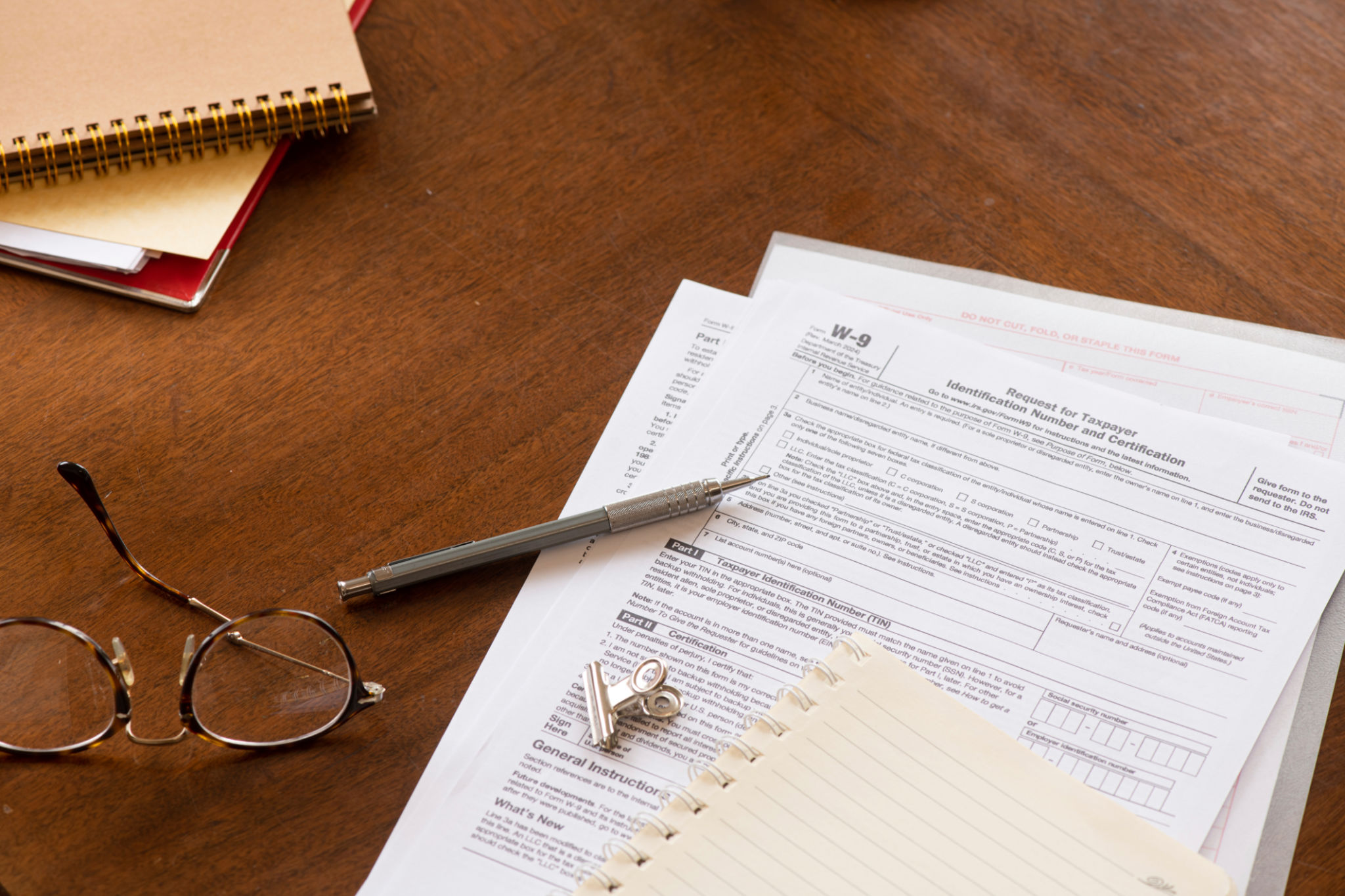Avoiding Common Mistakes During Self-Tax Filing
Understanding the Basics of Self-Tax Filing
Filing your taxes can be a daunting task, especially if you choose to do it yourself. To avoid common pitfalls, it's crucial to start with a strong understanding of the basic requirements. This involves knowing which forms you need, understanding your filing status, and familiarizing yourself with any deductions or credits you may be eligible for.
One of the first mistakes people make is not being aware of their filing deadline. For most, it's April 15th, but it can vary depending on your circumstances. Make sure you mark this date on your calendar to avoid any late fees.

Organizing Your Financial Documents
A common error in self-tax filing is poor organization. Before you sit down to file, gather all necessary documents such as W-2s, 1099s, and receipts for deductible expenses. This ensures you won't overlook any important information that could affect your return.
Keep these documents in a dedicated folder or digital file for easy access. This not only helps during filing but also if the IRS requests additional information later. Good organization is key to a smooth filing process.

Accurate Data Entry
Entering incorrect information is one of the most frequent mistakes in self-tax filing. Double-check your Social Security Number, income figures, and banking information for accuracy. Even a small typo can lead to significant delays or issues with your return.
Take your time entering data to ensure everything matches your official documents. If you're using software, take advantage of features like auto-fill and error-checking to minimize mistakes.
Maximizing Deductions and Credits
Many individuals miss out on potential savings because they don't take full advantage of deductions and credits. Familiarize yourself with the deductions applicable to your situation, such as education expenses, mortgage interest, or medical expenses.
Credits are equally important. They directly reduce the amount of tax you owe, so explore options like the Earned Income Tax Credit or Child Tax Credit to see if you qualify.

Filing Electronically for Efficiency
Filing electronically is not only faster but also reduces the risk of errors. E-filing systems often catch mistakes and provide guidance throughout the process. Additionally, electronic filing can expedite your refund compared to traditional paper filing.
Many e-filing platforms offer free versions for simple tax returns, so explore these options to find one that suits your needs. This method also provides an electronic confirmation that your return was successfully submitted.
Seeking Professional Help When Needed
While self-filing can save money, don't hesitate to seek professional help if you're unsure about any aspect of your tax return. Tax professionals can offer valuable advice and ensure that you're taking advantage of all available tax benefits.
Consulting a professional is particularly beneficial if you've experienced significant life changes such as marriage, divorce, or starting a business. These situations can complicate your tax situation, making expert guidance invaluable.

Reviewing Before Submission
Before submitting your return, review it thoroughly. Check each section for accuracy and ensure all forms are included. A comprehensive review can catch errors that you might have overlooked initially.
Consider having a friend or family member look over your return as well. A fresh set of eyes can often spot mistakes that you might miss due to familiarity with the information.
By avoiding these common mistakes, you can make the self-tax filing process smoother and more efficient, ensuring you meet all legal requirements while maximizing your potential refund.